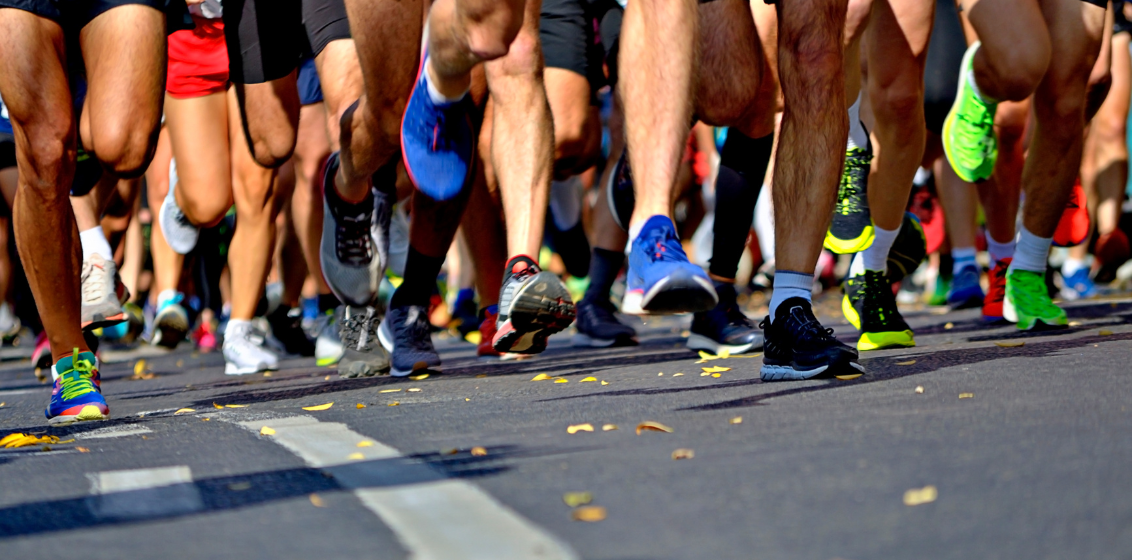Fun Facts For Fit Females: Part 1
NEWSFLASH: women are different to men. I know, this is not new information, but is  something that often gets overlooked when it comes to sports science and injury prevention. For instance, did you know that most research studies are performed on men and then just adapted for women, who are considered “small men”? There are so many female specific aspects that need to be considered like body composition, hormones, and different rates of development. In this blog we are going to explore these differences through three important life stages and drop some training bombs that show how differently the female athlete, in particular, the female runner should be training.
something that often gets overlooked when it comes to sports science and injury prevention. For instance, did you know that most research studies are performed on men and then just adapted for women, who are considered “small men”? There are so many female specific aspects that need to be considered like body composition, hormones, and different rates of development. In this blog we are going to explore these differences through three important life stages and drop some training bombs that show how differently the female athlete, in particular, the female runner should be training.
What’s happening to me?
Let’s start at the beginning. Puberty is when all the magic happens for girls and boys, but the changes are obviously very different. For boys, they get fitter, faster and stronger which works in their favour when it comes to sport performance. Girls on the other hand, have a rougher time. Girls develop wider hips, an increase in body fat and generally have a decrease in coordination, balance, and skill execution. They have to learn to run, throw and move again with their new body. What tends to happen in sport is their performance decreases and they increase training to try and fix it. This leads to overtraining and low energy which then negatively effects their performance further and takes a toll on mental health. Instead of smashing the athlete at training, what we should be doing is focusing more on technique and skills to allow them to adapt to the new way their body moves.
Its all in the Cycle
This might not seem like something you need to tell your physio, but trust me, we need to know and will sometimes ask about your menstrual cycle. Anyone who has regular periods will tell you that hormones wreak havoc at different stages in the cycle changing your mood and energy levels. These same hormones have an important effect on how your body responds to exercise. Hormones can affect all kinds of things like body water regulation, what fuel we use for energy, bone formation and loss, respiration rate and body temperature. I know that all sounds really complicated but here are the key things you need to know:
- When you are on your period (day 1) to ovulation (day 12-13 on average) your hormone levels are low which means you can train hard.
- After Ovulation (roughly day 14) to your next period you are in a high hormone phase which means your body takes longer to recover after training.
Moral to the story, track your period, it can help guide your training and give you more information than you think. It’s also a handy guide for your overall hormonal health and certain changes to your cycle can quadruple your risk of injuries like stress fractures!
The Big M
For those who have been there, done that and are now enjoying the odd power surge, this is the section for you. What happens during menopause is a flatline of your sex hormones which directly effects training and recovery. Most people know that your body composition changes, you have a decrease in fat, decreased bone density and have a reduced ability to put on muscle. What also happens is your metabolism changes and there is a decreased reliance on carbohydrates as a fuel source and you need more protein to maintain your current muscle mass.
So basically, the focus needs to be not so much on long slow distance running but on LIFTING HEAVY STUFF! For most of you, your body is already used to running, and if training continues to focus on just running you end up losing lean muscle mass and strength. To achieve all the health benefits of exercise, like managing/reducing Osteoporosis, you need to do heavy resistance training and/or High Intensity Interval Training (HIIT). This type of training specifically increases lean muscle mass and bone mineral density which not only allows you to continue running but also improves your running performance.
That’s all I’m giving you to digest this time. Keep an eye out for my next blog Part 2 of the Fun Facts for Fit Females which looks into nutrition and fuelling for training. If anything here has sparked your interest and you would like some more information or want to know how physio can help any female athlete contact me at the clinic.



